
 4
4











 1
1














 2
2





















fuck it




fiona smith wrote:Those pics are great Zach. I have started a urban food forest too.
Them peaches of yours look mighty yummy...
I am considering a peach tree , though I am too concerned about the birds, it rains a hell of a lot, so I am worried also about no fruits. So possibly a potted one I can bring indoors in winter would be better, because my last years grapes never graped
 1
1













Johnny Niamert wrote:Zach, excellent to see someone doing some soil microbial testing!
Anyways, anything you can pass on with your testing/observations? Have you been able, or needed to, drastically change any soil conditions?
i have-not a Leica.... would you recommend an expensive soil test to see what I have, or is this kind of a 'just for knowledge' thingy?
Thanks.
Nice set-up with the reactor.












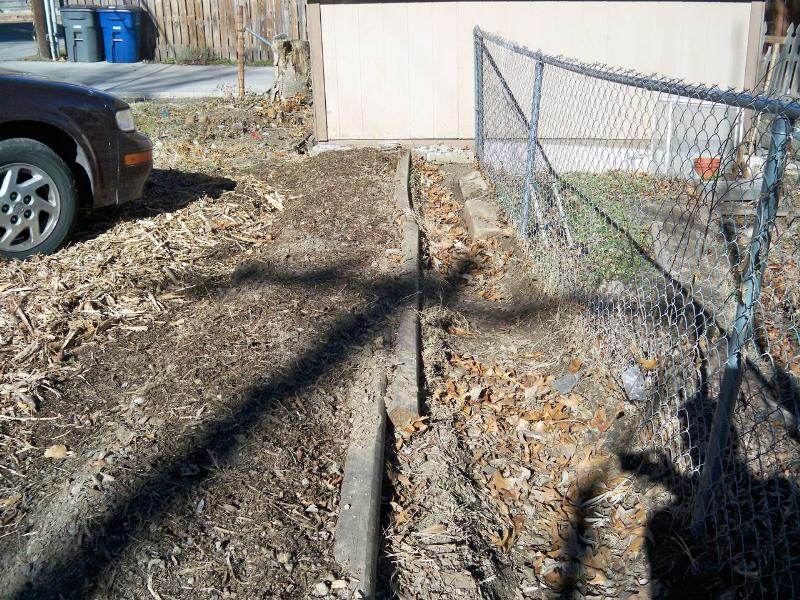
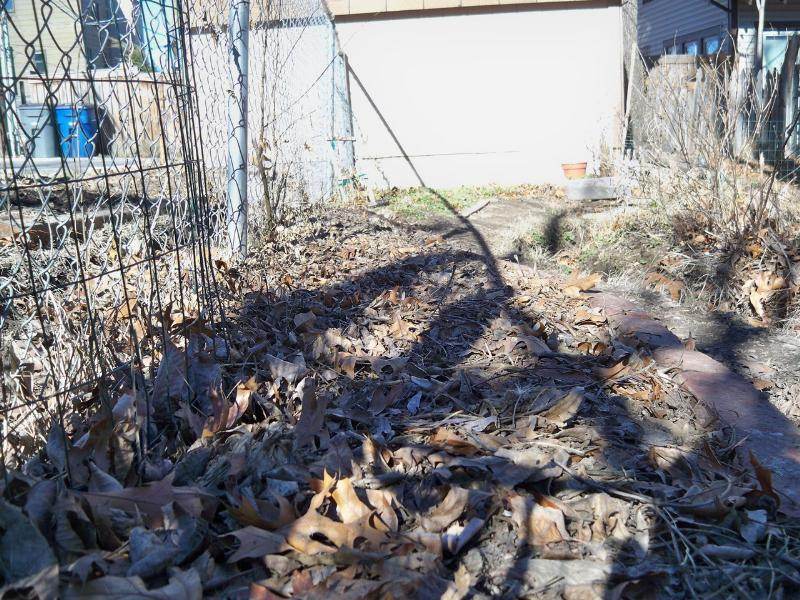
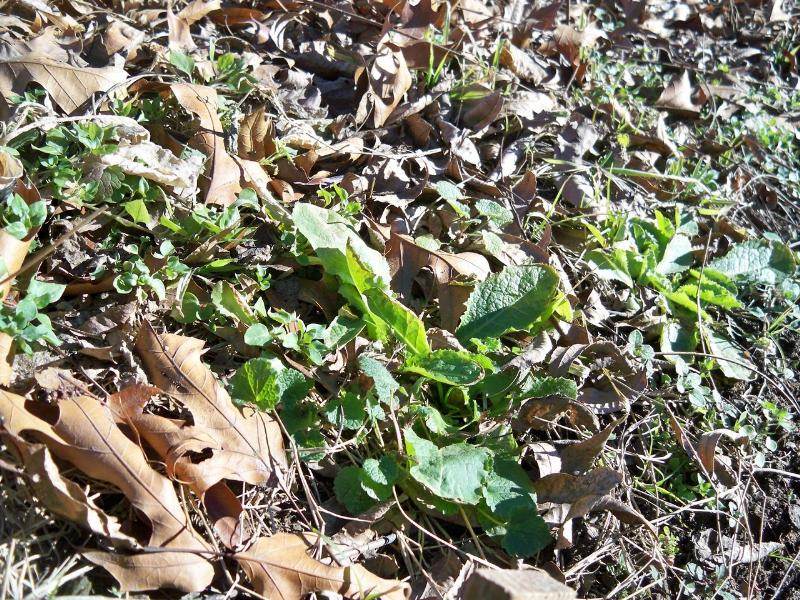
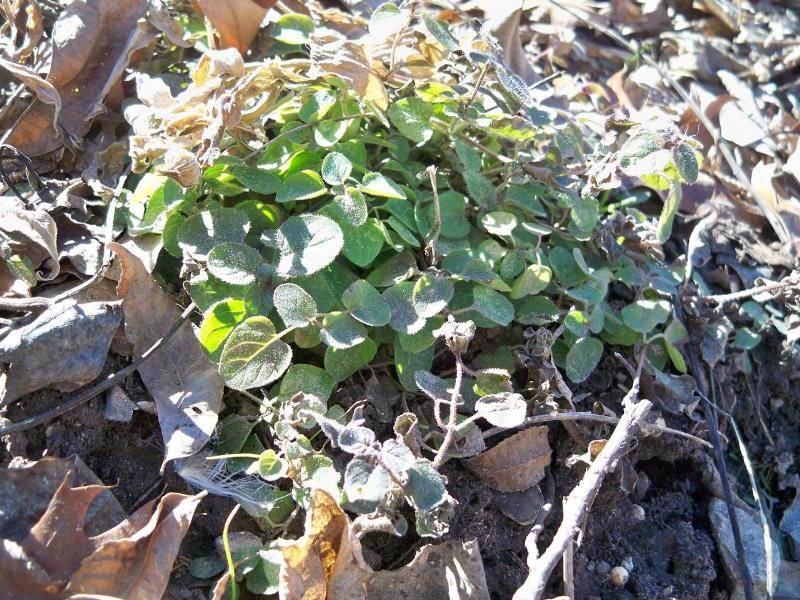
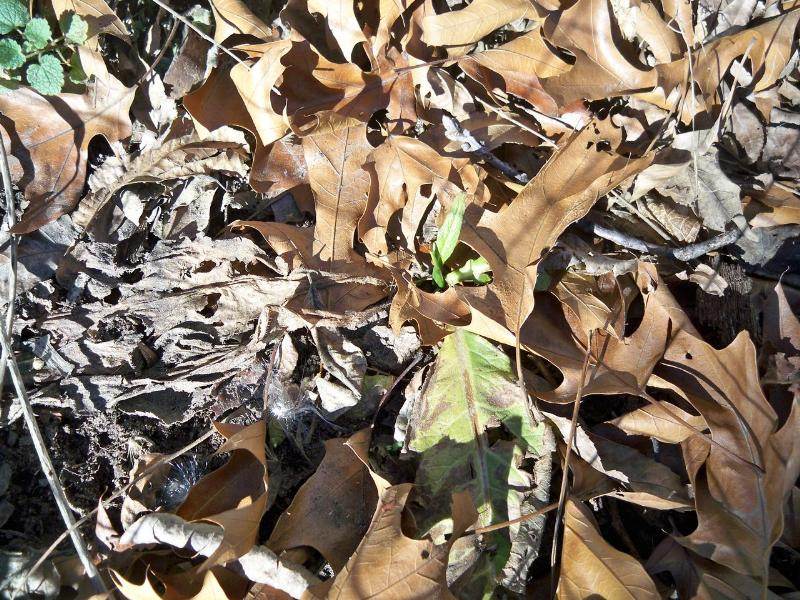
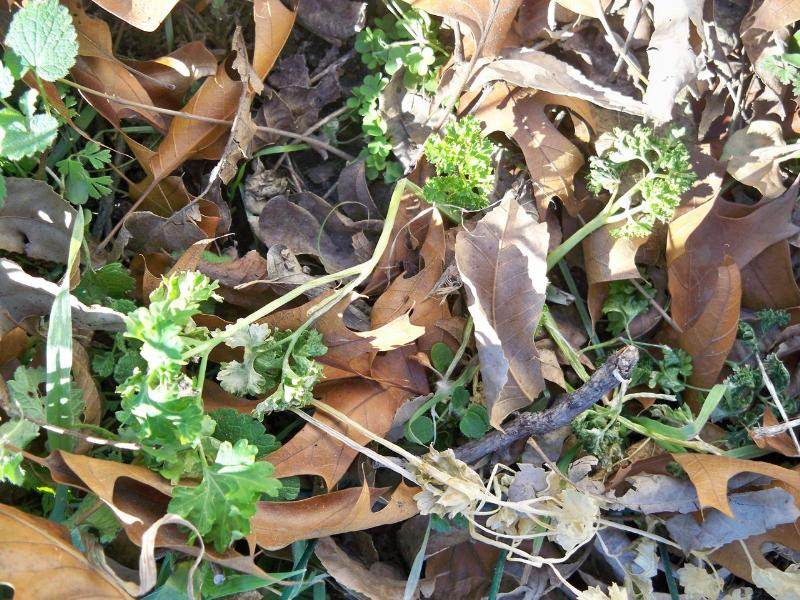




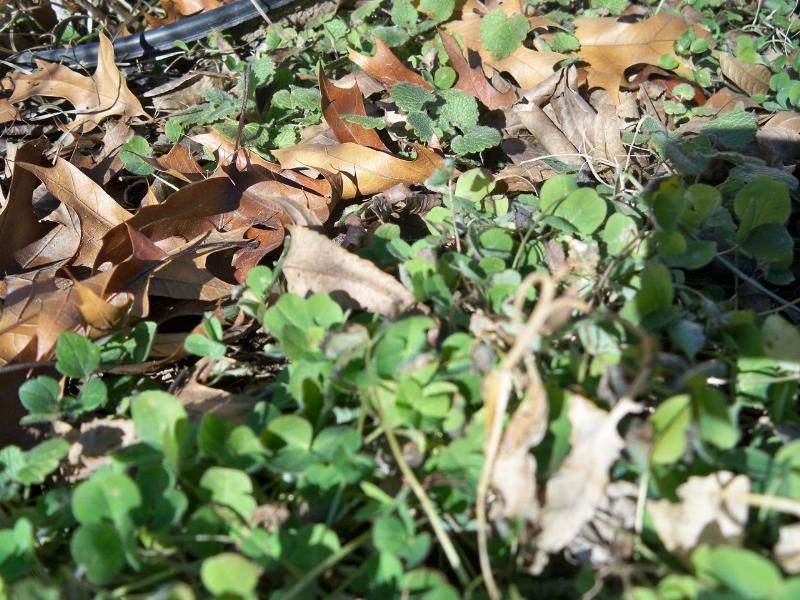
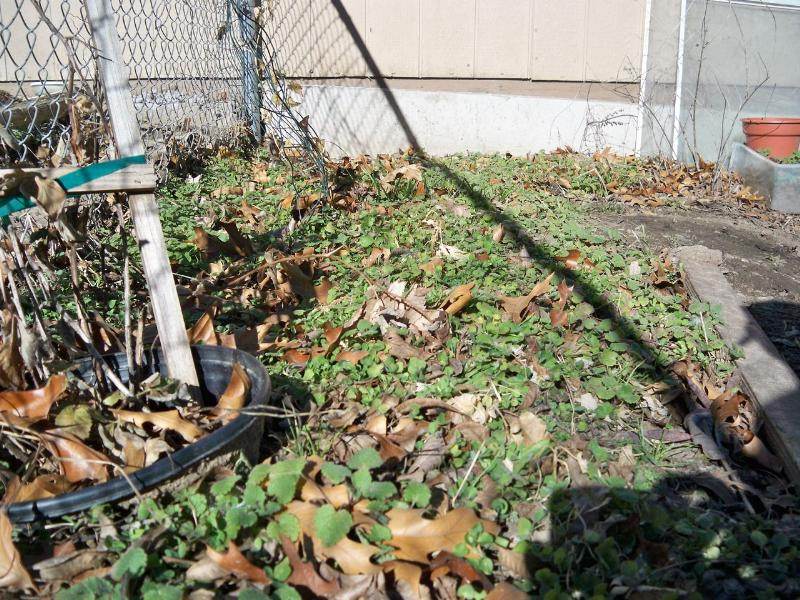


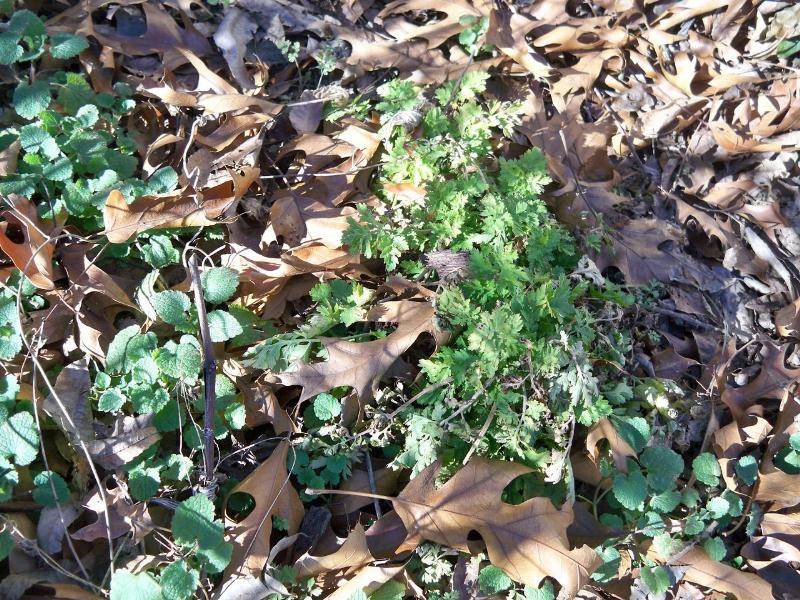
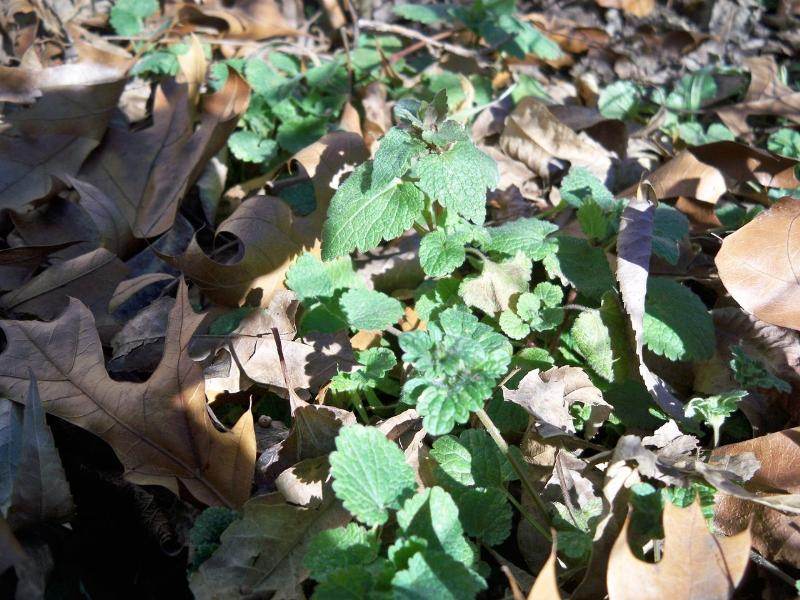












Check out Redhawk's soil series: https://permies.com/wiki/redhawk-soil




















Check out Redhawk's soil series: https://permies.com/wiki/redhawk-soil




John Saltveit wrote:Many people will only talk about what they did so well. I think it is important that you also included what was challenging. I like hawthornes, but I don't think Washington hawthorn is one of the better tasting ones. It seems to me very thorny with small bland fruit. To me, Washington is root stock for pear or other better hawthorns like Carriere hawthorn, or another that is also common as a street here that also has a big good tasting fruit and fewer thorns. Hawthorns are chock full of antioxidants and repair heart and circulation system tissues. They also stay on the tree late: I have many still on my trees , and not too many other fruit on my trees as we near Christmas.
I love all the combinations of plants and guilds you are growing.
John S
PDX OR




Zone 6 Ohio















|
Anderson gave himself the promotion. So I gave myself this tiny ad:
The new kickstarter is now live!
https://www.kickstarter.com/projects/paulwheaton/garden-cards
|






